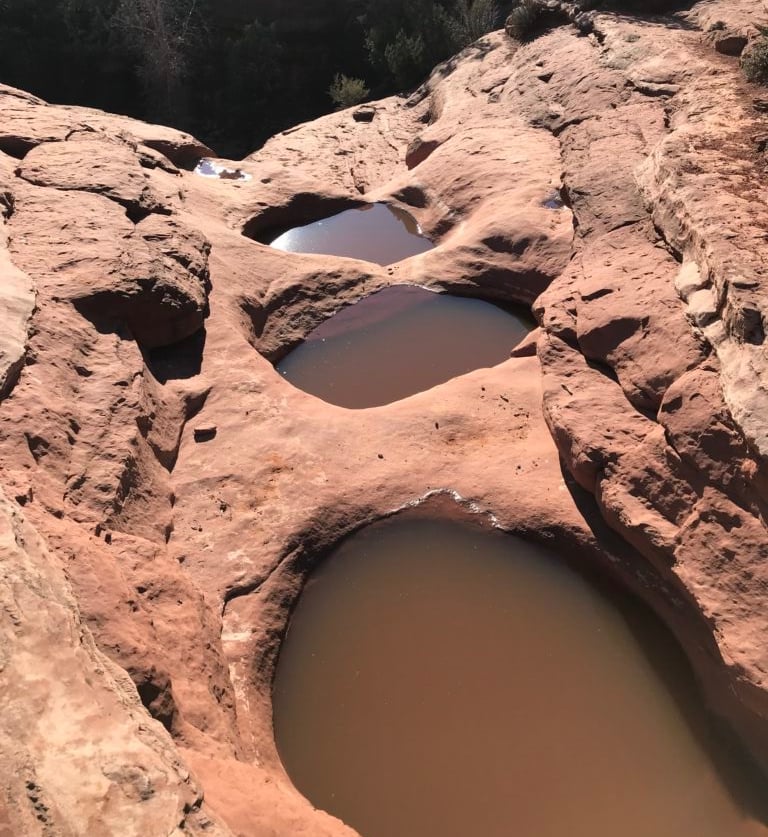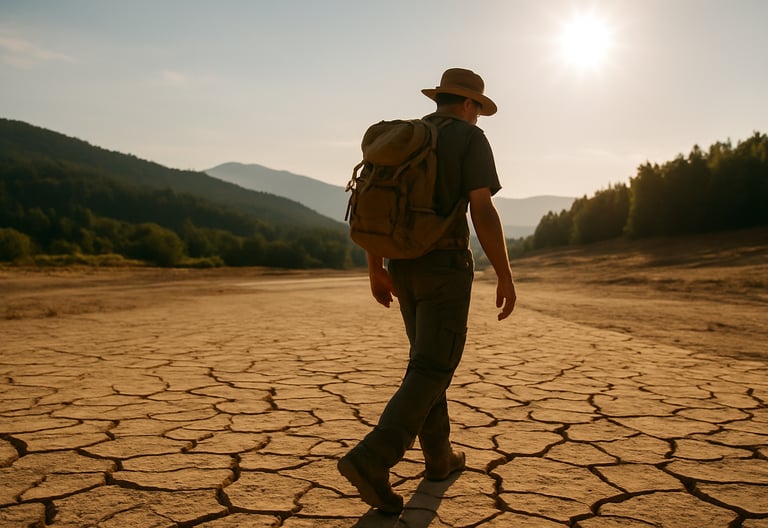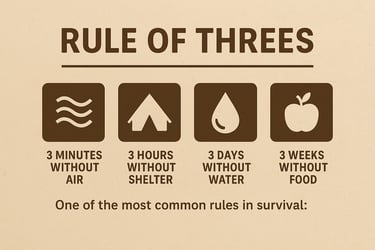How Long Can You Survive Without Water? The Truth About Dehydration in the Wild
How long can you survive without water in the wild? Learn the real limits of dehydration, survival strategies, and early warning signs that every outdoor adventurer should know.


How Long Can You Survive Without Water? The Truth About Dehydration in the Wild
Understanding the Role of Water in Survival
When it comes to survival in the wilderness, water is far more critical than food. Your body can go weeks without eating, but when it comes to water, the timeline is much shorter — and far more dangerous. Water keeps your organs functioning, your temperature regulated, and your mind sharp. Without it, things can decline fast.
In survival scenarios, understanding how long you can survive without water isn’t just trivia — it’s life-saving knowledge. Variables like air temperature, humidity, physical activity, and your overall health all affect how long you can go before dehydration becomes severe. In this article, we’ll explore those timeframes, the symptoms you need to watch out for, and how to maximize your hydration even when clean water is limited.
The 3-Day Rule: How Long Can the Human Body Go Without Water?
One of the most common rules in survival is the “Rule of Threes.” You can survive three minutes without air, three hours without shelter in extreme weather, three days without water, and three weeks without food. While this isn't an exact science, the part about water is mostly accurate.
Most healthy adults can survive around 72 hours without water. But that number can drop dramatically if you’re physically exerting yourself, if the weather is hot and dry, or if you’re already slightly dehydrated when the situation begins. After just 24 hours without water, you may begin experiencing mild symptoms of dehydration such as dry mouth, fatigue, or dizziness.
By the 48-hour mark, symptoms become more serious: headache, rapid heartbeat, confusion, and an inability to sweat. Beyond 72 hours, the body begins to shut down critical systems, and the risk of death increases rapidly. That’s why prioritizing hydration is one of the very first things any survivalist should focus on.
If you’re ever in a situation where water is scarce, knowing how to find water from plants and vines or collect rainwater efficiently can make a critical difference. These survival methods give you access to hidden or overlooked water sources — even in tough environments — and are smart skills to practice ahead of time.
Early Warning Signs of Dehydration in Survival Situations
Catching the signs of dehydration early can make all the difference. Look for symptoms like a sticky or dry mouth, infrequent urination, dark yellow urine, dry skin, and lightheadedness. As dehydration worsens, you may experience muscle cramps, nausea, a racing pulse, and even confusion or hallucinations.
If you're hiking or stranded in a remote area, make it a habit to monitor your hydration status regularly. Check your urine color when possible — the clearer, the better. The moment you begin to feel weak or mentally foggy, you should take immediate steps to rest and rehydrate.
How to Extend Your Survival Without Water
If you're caught in a situation without immediate access to water, you can still take steps to increase your chances of survival. The goal is to reduce your body’s water loss as much as possible.
Stay in the shade during the hottest parts of the day, ideally resting under trees or natural shelters. Avoid physical exertion unless absolutely necessary. Breathe through your nose instead of your mouth to minimize water loss through respiration. Try to avoid eating dry foods, as digestion consumes water.
If you find a questionable water source, use any filtration, boiling, or purification methods available to you. Even if water isn’t perfectly clean, in some emergency situations, rehydration may still be worth the calculated risk. You can also use natural methods such as collecting dew, creating solar stills, or extracting moisture from certain plants and vines.
To stay prepared, make sure you know how to purify water without a filter using basic techniques like boiling, solar distillation, or chemical treatment. And if you’re building your survival gear, include reliable water purification tablets and tools that work even when modern filters fail or aren’t available.
Stay Ready: Hydration Is Survival
Dehydration is one of the fastest ways for a survival situation to turn deadly. While the body may last up to three days without water, symptoms can begin much earlier and impair your ability to think clearly and make smart decisions. Knowing the warning signs, minimizing exertion, and having water collection and purification strategies ready can give you the upper hand when it matters most.
Keep this information in mind as you build your survival kit and practice your wilderness skills. In an emergency, remembering how long you can survive without water — and what to do about it — can be the difference between life and death.




© 2025. All rights reserved About | Privacy Policy | Terms and Conditions | Affiliate Disclosure | Disclaimer


